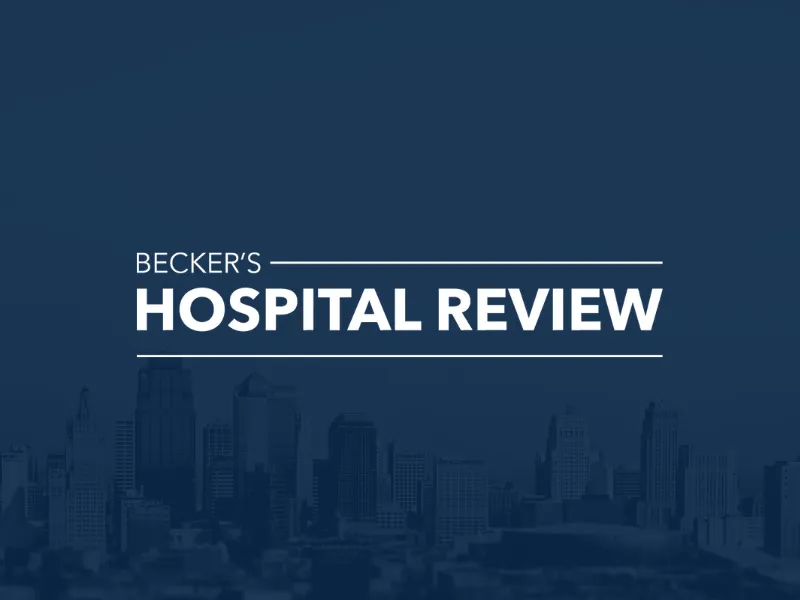Understanding the Wall Street Journal Findings on Cancer Care Gaps

Overview of the Findings
The Wall Street Journal revealed disturbing trends in cancer care, indicating that 20% of cancer patients could potentially receive incorrect diagnoses. This finding raises significant concerns about the disparities between specialty hospitals and local physician practices.
Key Factors Contributing to Diagnosis Gaps
- Expertise Disparity: Specialized training in oncology often leads to variations in diagnostic capabilities.
- Resource Limitations: Local practices may lack access to advanced diagnostic tools.
- Communication Barriers: Ineffective coordination between healthcare providers hampers accurate diagnosis.
Implications for Patient Care
With a gap of this magnitude, the implications for treatment and care are profound. Patients receiving the wrong diagnosis face not only emotional turmoil but may also undergo unnecessary treatments.
Moving Forward
Addressing the issues highlighted in the Wall Street Journal involves fostering collaboration between various healthcare entities. Optimal cancer care requires a united front. Continuous education and outreach are essential.
This article was prepared using information from open sources in accordance with the principles of Ethical Policy. The editorial team is not responsible for absolute accuracy, as it relies on data from the sources referenced.